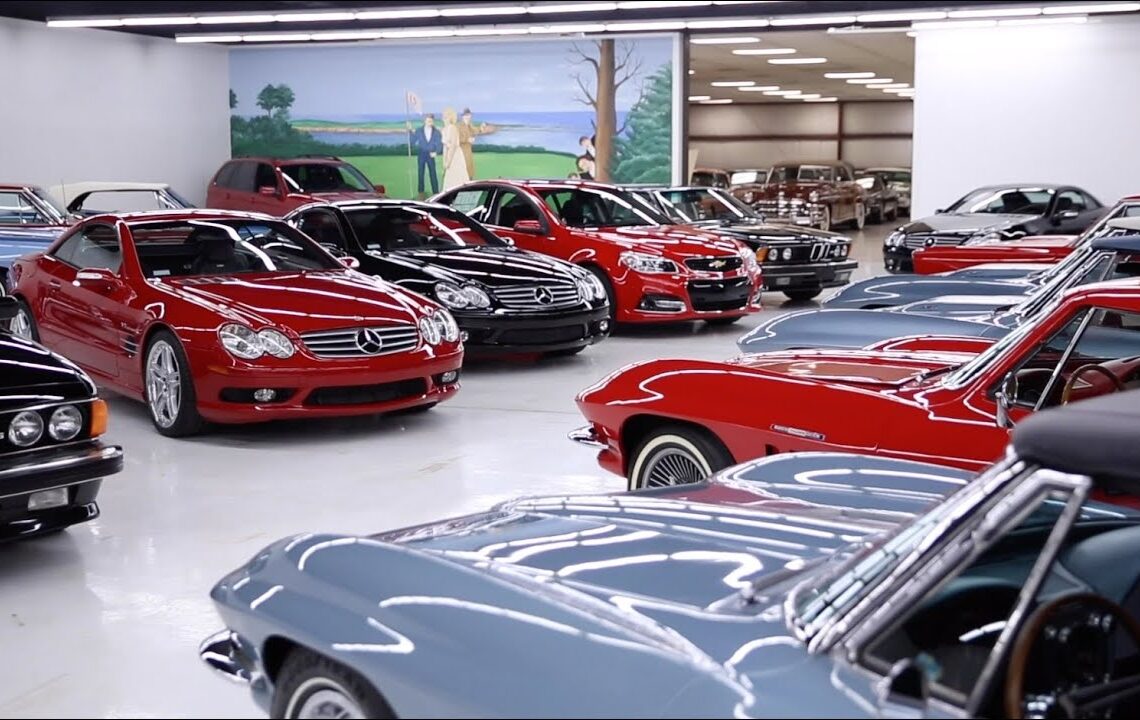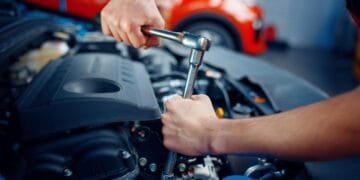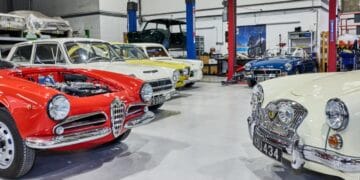Classic car auctions have transcended mere transactions to become vibrant spectacles where history, artistry, and raw power converge. Far more than just a place to buy or sell vintage vehicles, these events represent the pinnacle of automotive appreciation, drawing a diverse global audience from seasoned collectors and shrewd investors to passionate enthusiasts and curious onlookers. Understanding the intricacies of these auctions reveals a world where a car is not just a mode of transport but a tangible piece of history, a work of art, and often, a lucrative investment.
The Allure of the Auction Block
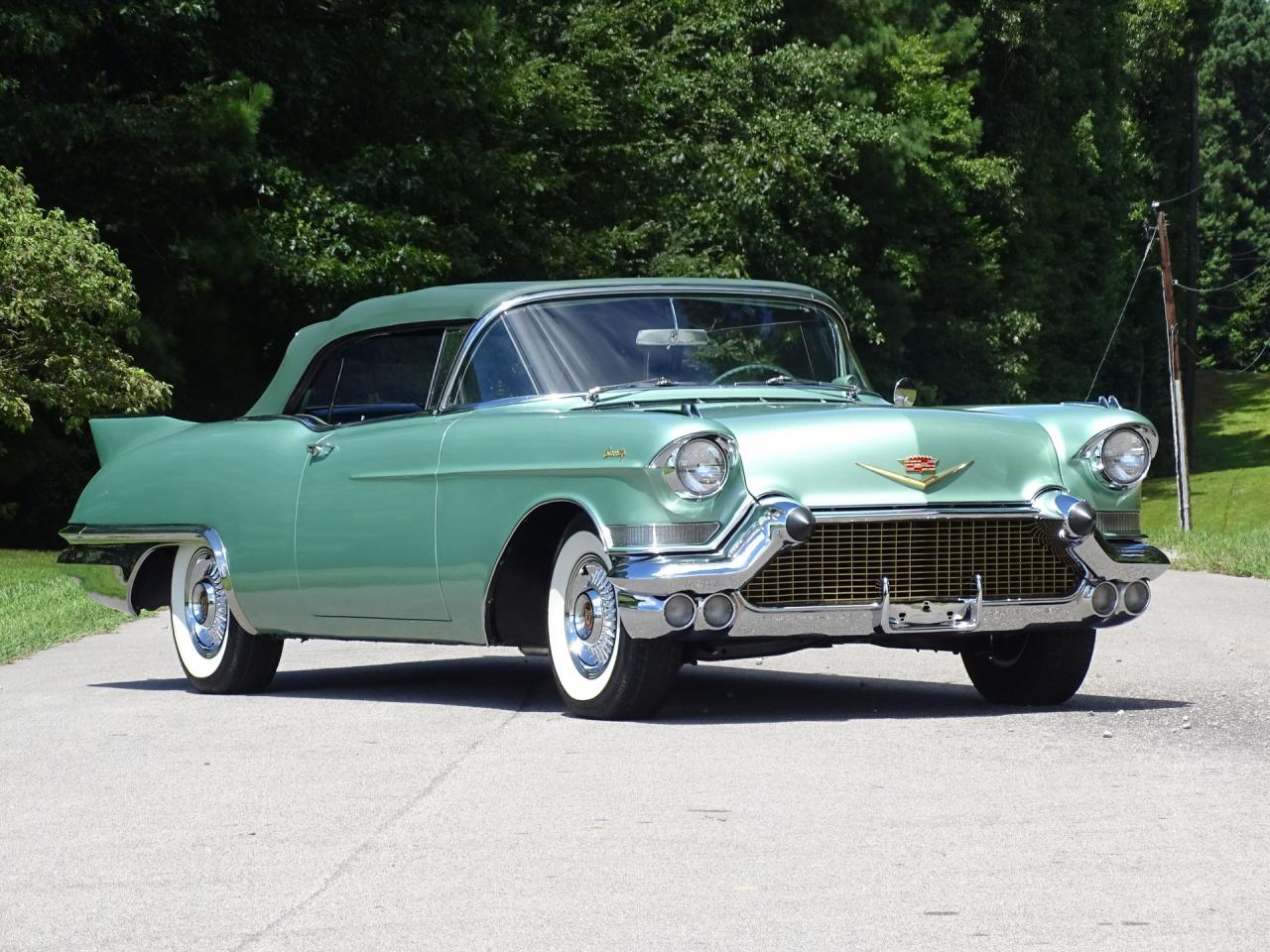
The magnetism of classic car auctions stems from a confluence of factors. At its heart is the thrill of the chase – the anticipation as a rare gem rolls onto the block, the rapid-fire bids, and the dramatic slam of the gavel. This theatrical element is amplified by the sheer beauty and rarity of the vehicles themselves. Imagine a pristine 1960s Ferrari, its curves sculpted by master designers, its engine a symphony of precision engineering. Or a pre-war Bugatti, a testament to early automotive ingenuity. These aren’t just cars; they are artifacts that tell stories of eras past, technological milestones, and human endeavor.
Beyond the aesthetics, classic cars offer a unique emotional connection. For many, they evoke nostalgia, recalling childhood memories, iconic films, or a bygone era of elegance and adventure. Owning such a vehicle is often a realization of a lifelong dream, a tangible link to a romanticized past. This emotional resonance often drives bidding beyond purely rational valuations, as collectors compete not just for a car, but for a piece of history and a slice of their personal aspirations.
A. The Evolution of Classic Car Auctions
The modern classic car auction scene has roots stretching back decades, evolving from informal gatherings of enthusiasts to highly sophisticated, multi-million dollar events. In the early days, sales were often conducted privately or through smaller, localized auctions. As the classic car market matured and specialized, professional auction houses like Sotheby’s (through RM Sotheby’s), Gooding & Company, Bonhams, and Barrett-Jackson began to dominate, bringing a new level of professionalism, global reach, and transparency to the process.
The advent of the internet further revolutionized the industry. Online bidding platforms now allow participation from anywhere in the world, expanding the buyer pool exponentially. Live streaming of auctions brings the excitement directly into homes, further democratizing access and piquing broader public interest. This digital transformation has not only increased accessibility but also amplified the visibility of rare vehicles, contributing to their rising values.
B. Defining a “Classic Car”
While there’s no universally agreed-upon legal definition, the term “classic car” generally refers to a vehicle that is at least 20 years old but not older than 40 years, maintained in a condition that adheres to its original design and specifications. However, the market often expands this to include “vintage” cars (typically pre-World War II) and “antique” cars (generally pre-1919). Beyond age, factors like rarity, historical significance, engineering prowess, design aesthetics, and provenance (the history of ownership and originality) heavily influence a car’s classification and, crucially, its value.
A car’s historical importance might stem from its limited production, its association with a significant event or famous owner, or its pioneering technological advancements. For instance, a vehicle that won a major race or was owned by a celebrity often commands a premium. Similarly, cars that introduced groundbreaking safety features or performance enhancements are highly sought after.
C. The Economic Landscape of Classic Car Investment
The classic car market has consistently demonstrated its resilience, often outperforming traditional investments during periods of economic uncertainty. While no investment is without risk, the tangible nature of a classic car, coupled with its finite supply, makes it an attractive asset class.
The investment appeal lies in several key areas:
A. Tangible Asset: Unlike stocks or bonds, a classic car is a physical asset that can be seen, touched, and even driven. This tangibility offers a sense of security and enjoyment often lacking in other investments.
B. Limited Supply: The finite number of truly desirable classic cars ensures scarcity, a fundamental driver of value. They simply aren’t making any more Bugatti Type 57SCs or Ferrari 250 GTOs.
C. Inflation Hedge: Classic cars have historically proven to be a good hedge against inflation, retaining or increasing their value even when purchasing power erodes.
D. Global Demand: The market is truly international, with buyers from every continent competing for rare specimens. This broad demand base helps stabilize and increase prices.
E. Passion Investment: For many, the joy of owning and experiencing a classic car is as important as its financial appreciation. This “passion premium” can further inflate values.
However, potential investors must be aware of the associated costs. Maintenance, storage, insurance, and restoration can be substantial. Furthermore, market fluctuations can occur, and identifying truly appreciating assets requires deep market knowledge. Thorough due diligence, including professional inspections and historical research, is paramount before making a significant investment.
D. The Auction Process
The journey of a classic car to the auction block is a meticulous process involving several key stages:
A. Consignment: The owner (consignor) contacts an auction house, providing details, photos, and history of the vehicle. The auction house evaluates the car’s suitability and market value. If accepted, a consignment agreement is signed, outlining fees, reserve price (the minimum price the seller will accept), and logistics.
B. Marketing and Cataloging: Once consigned, the auction house begins extensive marketing. This includes professional photography, detailed descriptions highlighting provenance and features, inclusion in high-quality catalogs (both print and online), and promotion through various media channels. Many auction houses invest heavily in creating compelling narratives around each vehicle to attract top bidders.
C. Pre-Auction Viewings: Days before the auction, vehicles are displayed for potential buyers to inspect them firsthand. This is a crucial step for serious bidders, allowing them to examine originality, condition, and documentation. Expert restorers and mechanics are often on hand to answer detailed questions.
D. The Auction Day: The atmosphere on auction day is electric. Bidders can participate in person, via phone, or through online platforms. An experienced auctioneer guides the bidding process, encouraging increments and building excitement. The pace is often rapid, with decisions made in seconds.
E. Post-Auction Procedures: If the car sells, the buyer makes payment (including buyer’s premium – a percentage added to the hammer price), and ownership is transferred. If the car doesn’t meet its reserve, it “passes” or remains unsold, though private post-auction negotiations sometimes occur.
E. Key Players in the Classic Car Auction World
The ecosystem of classic car auctions involves numerous specialized roles and entities:
A. Auction Houses: The central players, responsible for organizing, marketing, and executing the sales. Examples include RM Sotheby’s, Gooding & Company, Bonhams, Mecum Auctions, and Barrett-Jackson. Each has its own niche, though there is significant overlap.
B. Consignors (Sellers): Individuals or entities looking to sell their classic vehicles, ranging from private collectors to estates or museums.
C. Bidders (Buyers): A diverse group including private collectors, investors, museums, dealerships specializing in classics, and automotive enthusiasts.
D. Automotive Specialists and Historians: Experts who verify authenticity, research provenance, and provide detailed insights into the vehicles’ history and significance. Their input is crucial for accurate cataloging and valuation.
E. Restorers and Detailers: Professionals who ensure cars are presented in their best possible condition, often performing meticulous detailing or even full restorations before a sale.
F. Transporters and Logistics: Companies specializing in the safe and insured transport of valuable vehicles, often across continents.
G. Insurance Providers: Companies offering specialized insurance policies for high-value classic cars, covering transport, storage, and event participation.
F. The Impact of Provenance and Authenticity
In the world of classic cars, provenance (the documented history of ownership) and authenticity are paramount. A car with a well-documented history, including its original build specifications, service records, and a clear chain of ownership, commands a significant premium. This documentation helps verify its originality and past life, reassuring buyers of its integrity.
Authenticity refers to whether the car is true to its original form. This includes matching numbers (where engine, chassis, and other major components bear numbers that match factory records), original bodywork, and correct period-specific parts. Replicas, fakes, or cars with significant non-original components are severely devalued, if not unsalable at top-tier auctions. Expert verification by marque specialists is often a standard practice to ensure authenticity and build buyer confidence.
G. Emerging Trends in the Classic Car Market
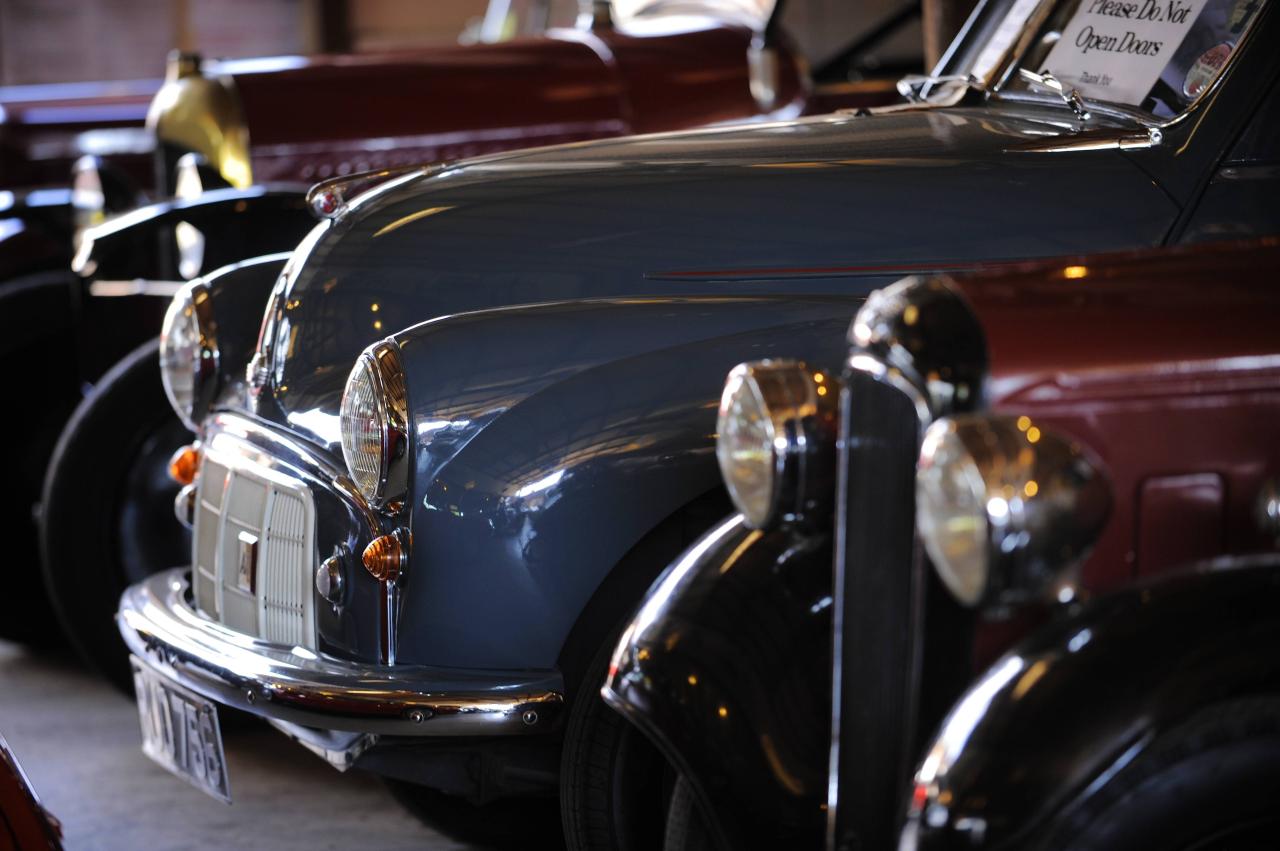
The classic car market is not static; it constantly evolves with new trends and shifting preferences.
A. Younger Collector Base: A new generation of collectors is entering the market, often drawn to “youngtimer” classics (cars from the 1980s, 90s, and early 2000s) that were iconic during their youth. This is broadening the scope of what is considered “collectible.”
B. Focus on Originality: While high-quality restorations remain valuable, there’s a growing appreciation for highly original, unrestored “survivor” cars. These vehicles, with their patina and history intact, offer a unique connection to the past.
C. Electric Conversion Demand: A niche but growing trend involves converting classic cars to electric power. While controversial among purists, these “electromods” offer modern usability while retaining vintage aesthetics, appealing to environmentally conscious enthusiasts.
D. Increased Online Presence: The COVID-19 pandemic accelerated the shift towards online auctions and virtual viewings. This digital transformation is likely to continue, making the market more accessible globally.
E. Market Diversification: While European sports cars traditionally dominated, there’s increasing interest in Japanese performance cars, American muscle cars, and even unique utility vehicles, diversifying the investment landscape.
F. Sustainability Concerns: As environmental awareness grows, there’s increasing discussion about the carbon footprint of classic car ownership and potential solutions, including synthetic fuels or carefully managed usage.
H. The Cultural Significance Beyond Value
Beyond their monetary value, classic cars hold immense cultural significance. They are symbols of design innovation, engineering triumphs, and societal shifts. They represent moments in history, from the post-war economic boom that fueled the American automotive industry to the elegance of European grand touring in the mid-20th century.
Classic cars are celebrated in museums, films, art, and literature. Events like the Pebble Beach Concours d’Elegance or the Goodwood Revival are not just car shows but cultural festivals, showcasing the artistry and heritage of the automobile. Owning a classic car often means participating in this rich culture, joining exclusive clubs, attending rallies, and connecting with a global community that shares a profound appreciation for automotive excellence.
I. Tips for Prospective Buyers and Sellers
For those considering entering the classic car auction world, whether as a buyer or a seller, several pieces of advice are crucial:
A. Do Your Homework: Research the market thoroughly. Understand which models are appreciating, their common issues, and what constitutes a fair price. Attend auctions (even if just as a spectator) to get a feel for the rhythm and valuation.
B. Set a Realistic Budget: For buyers, determine your absolute maximum bid and stick to it. For sellers, have a realistic expectation of your car’s value and set a sensible reserve price.
C. Get Professional Advice: For significant purchases or sales, consult with a trusted classic car specialist, appraiser, or mechanic. Their expertise can save you from costly mistakes.
D. Inspect Thoroughly: If you’re a buyer, physically inspect the car (or have an expert do so) before bidding. Examine documentation, originality, and condition meticulously. Don’t rely solely on photos or descriptions.
E. Understand All Costs: Buyers must factor in buyer’s premiums, taxes, transport, storage, and potential immediate maintenance costs. Sellers should understand consignment fees, transport costs to the auction, and any marketing fees.
F. Patience is Key: The right car or the right buyer may not appear immediately. Be patient and wait for the ideal opportunity. Don’t rush into decisions driven by emotion.
G. Build Relationships: Network with other collectors, dealers, and auction house representatives. Relationships can provide invaluable insights and opportunities.
Conclusion
Classic car auctions are compelling arenas where passion meets investment. They are dynamic marketplaces, deeply influenced by economic trends, historical significance, and emotional appeal. For those who understand their nuances, they offer not only the opportunity to acquire or sell extraordinary vehicles but also to partake in a rich and enduring culture. Whether you’re a seasoned collector seeking the next crown jewel for your collection, an investor looking for a unique asset class, or simply an admirer of automotive artistry, the world of classic car auctions offers a captivating glimpse into the enduring legacy and future of motoring. These events continue to shape the narrative of automotive history, one gavel fall at a time.

